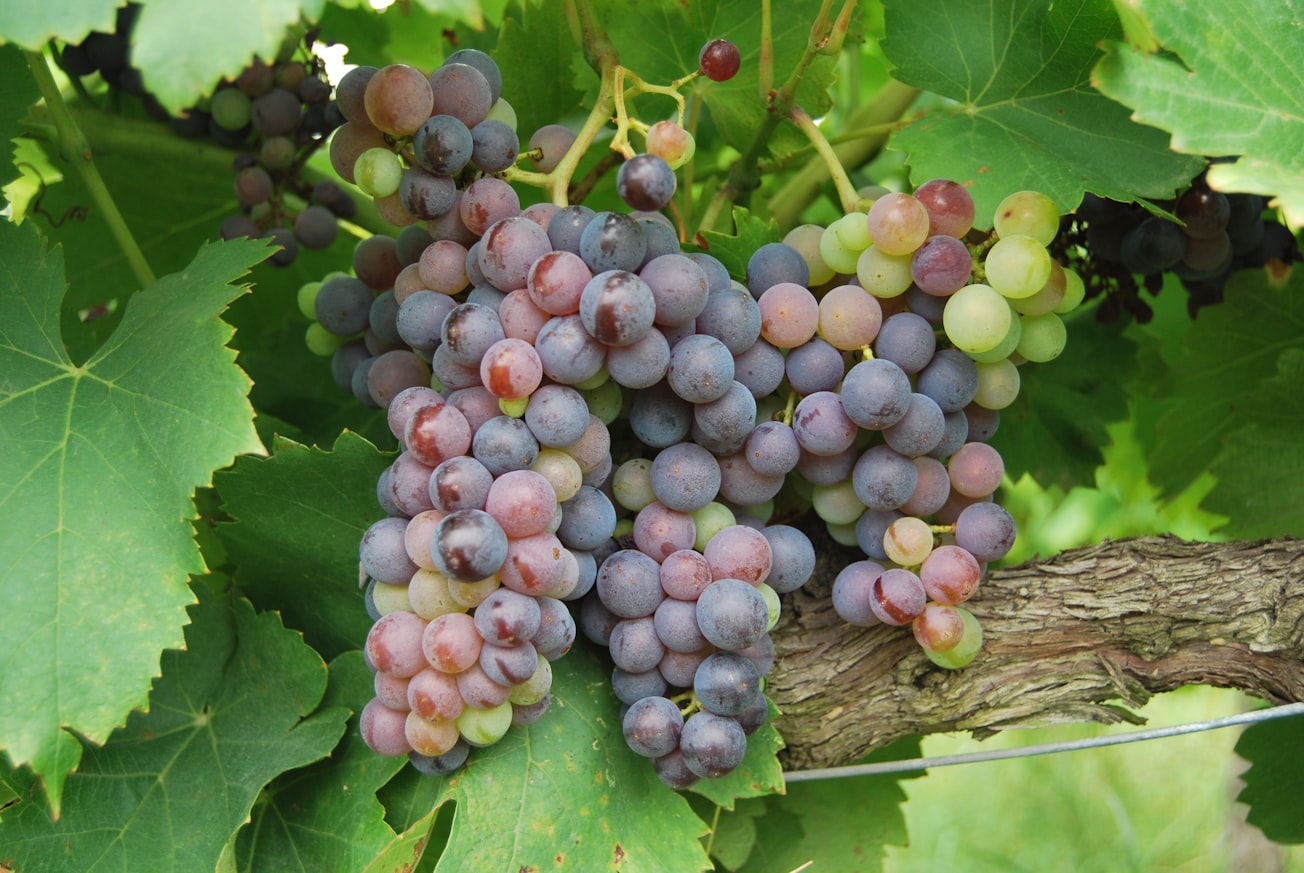What is it about?
Carménère is the emblematic grape of Chile. Recent studies indicate that it has a different polyphenolic profile than other commercial varieties of grape among other factors, due to its long maturation period.
Featured Image

Photo by Boudewijn Huysmans on Unsplash
Why is it important?
The grape and wine of Carménère stand out for having high concentrations of anthocyanins (malvidin), flavonols (quercetin and myricetin) and flavanols (catechin, epicatechin and epigallocatechin). These compounds are related to the distinctive characteristic of Carménère wine regarding astringency and color. In vivo and in vitro models suggest some positive effects of these polyphenols in the treatment and prevention of chronic diseases, such as atherosclerosis and cancer.
Perspectives
Carménère grape polyphenol extracts could be used to improve the characteristics of wines from other varieties or produce nutraceuticals or functional foods for preventing and treating various chronic diseases.
Jose Perez
Pontificia Universidad Catolica de Chile
Read the Original
This page is a summary of: Polyphenols of Carménère Grapes, Mini-Reviews in Organic Chemistry, July 2017, Bentham Science Publishers,
DOI: 10.2174/1570193x14666170206151439.
You can read the full text:
Contributors
The following have contributed to this page







